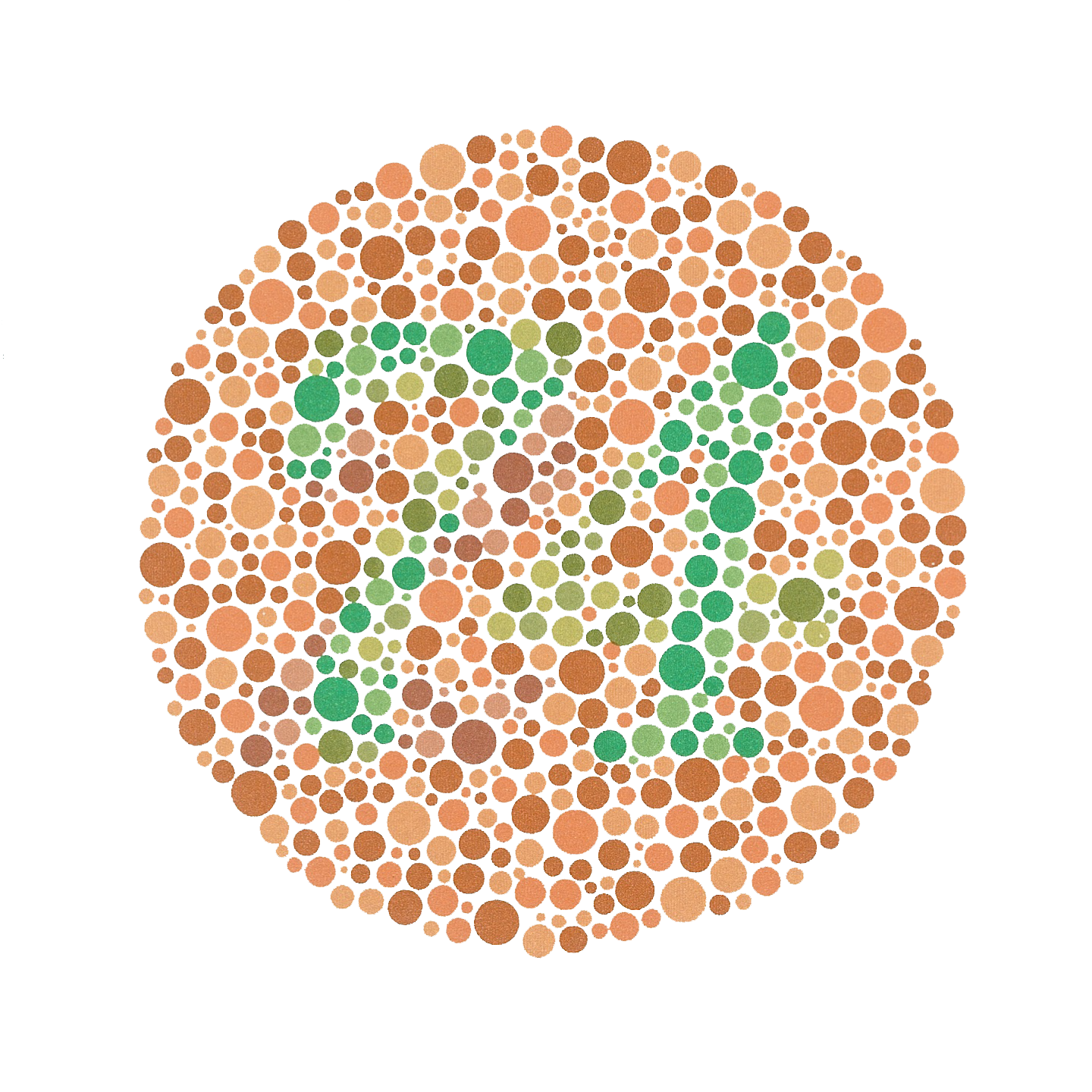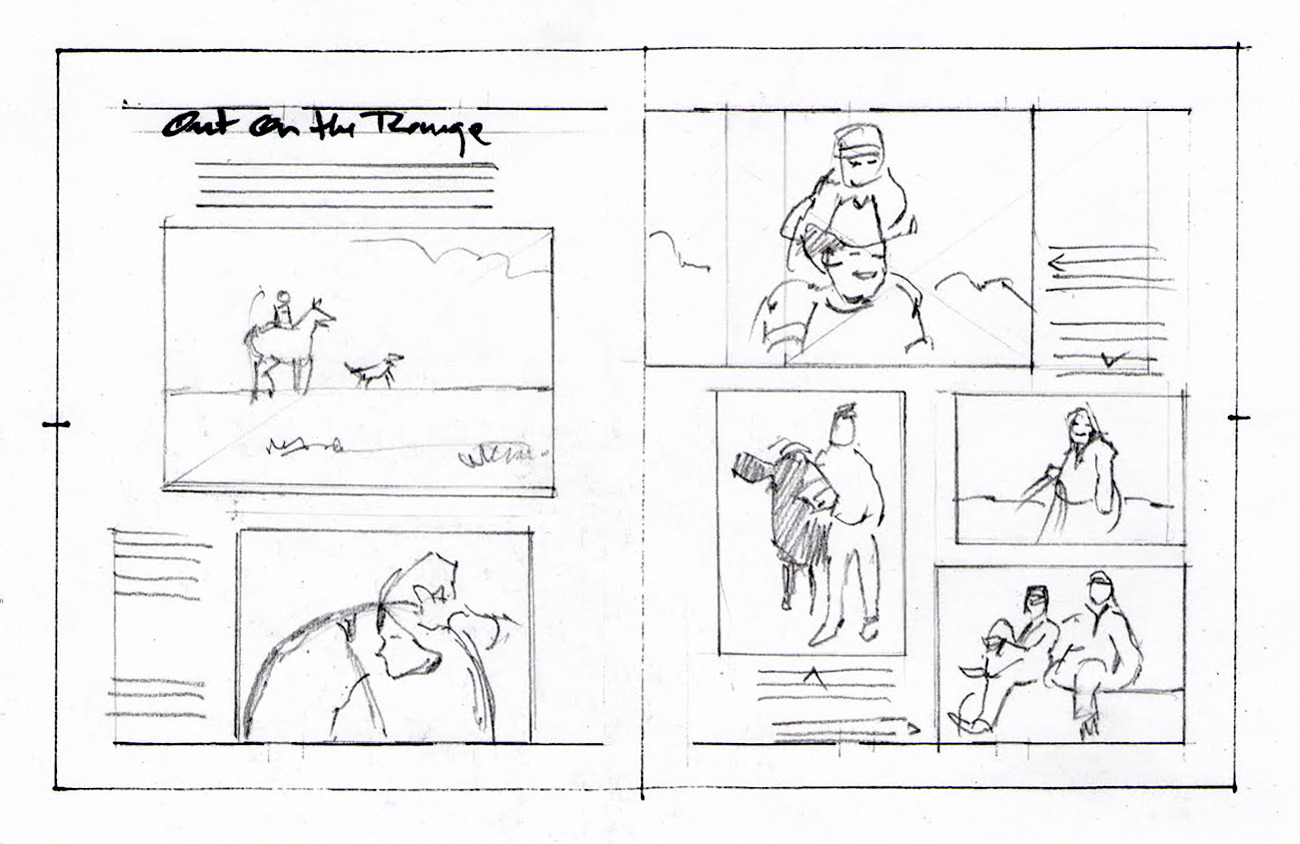
I knew there was a problem years ago when I would see things in photos, point them out to other people, and get blank stares. Then I took a test online just for fun and I aced it. Crushed it. Perfect score. Then I was at the eye doctor and took a Ishihara test. We all do. You know the test...the one where they ask you to see a number in a collage of colored dots. The assistant said I did very good, but said they only show ten of the slides to patients to confirm whether or not they have color blindness. She said there were many more, which become increasingly more difficult. I asked to see them and got them all right. Then recently I stumbled onto a meme sweeping LinkedIn that said you might have tetrachromacy if you could see more than 32 colors in the image you see above. I could see nearly 40.

An example of an Ishihara color test plate. The number 74 should be clearly visible if you have normal color vision.
That clinched it. I have tetrachromacy.
Tetrachromacy is not a serious affliction, though. Unless you count arguing with the spouse over what most would consider insignificant shades of green paint for the pantry. The average human eye contains three cone cells embedded within the retina. Someone who has tetrachromacy has four cones, which means a person can see a wider spectrum of color than 90% of the rest of the population (or more). Cone cells allow people to see color. Women tend to have more cones than men, which might explain whey they know what the periwinkle and chartreuse mean, while men go, "Huh?" Men on the tend to have more rods than women, though. Rods allow a person to better see motion. And it is obvious why men might have more rods than women...because men were hunters and the better you were able to see motion the better you were a hunter. Solely for the purposes of preserving my masculinity I find it necessary to point out there that my eye doctor also confirmed I have more rods than average, too.
I wonder if the fact that I am a tetrachromat contributes to my photography. The human eye can register millions of different colors, which become a wonderful playground for artists. Having tetrachromacy allows a person to see up to 100 times more colors than those who only have three cones. And research seems to show that people with tetrachromacy tend to excel in the fields of design and visual arts. Hmmm.
For the most part only women have this mutation. But the last time I checked I am not a woman. So I wondered, "How many men have tetrachromacy?" Depends who you ask. Some researchers say as many as 25% of people have some form of tetrachromacy. But according to one study only two to three percent of the world's women have the type of fourth cone that offers a truly significant increase in color differentiation. And men? Less than 1/3 of one percent.
Hmmm. Mama always said I was special. I'm not sure this is what she meant, though.
Personally I can't imagine seeing a world without color. I can't fathom what it must be like to be color blind. I even get a little verklempt when I see one of those videos of someone who is color blind trying on those new glasses, which allow them to see color for the first time.
Maybe my choice of careers was a wise one after all.






























